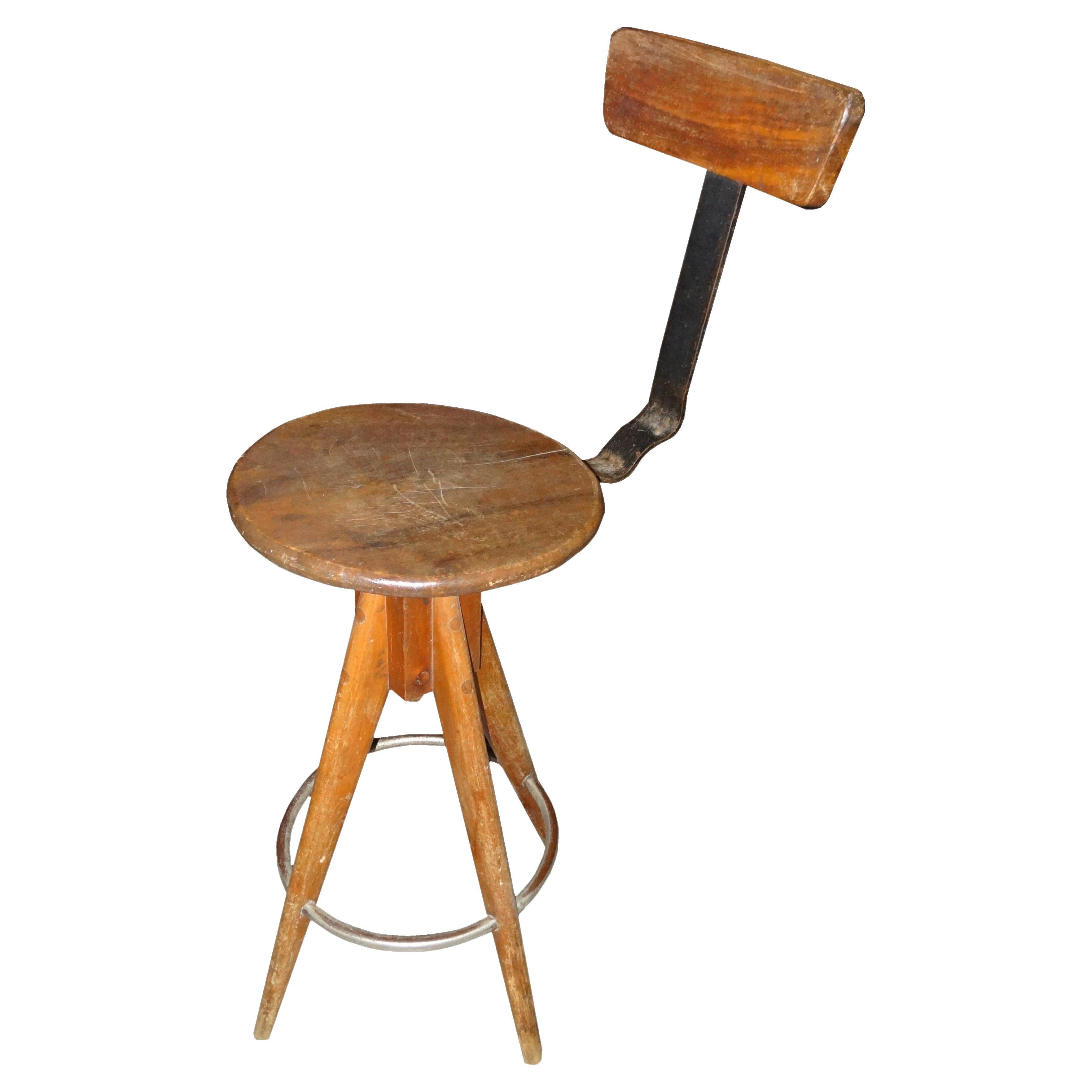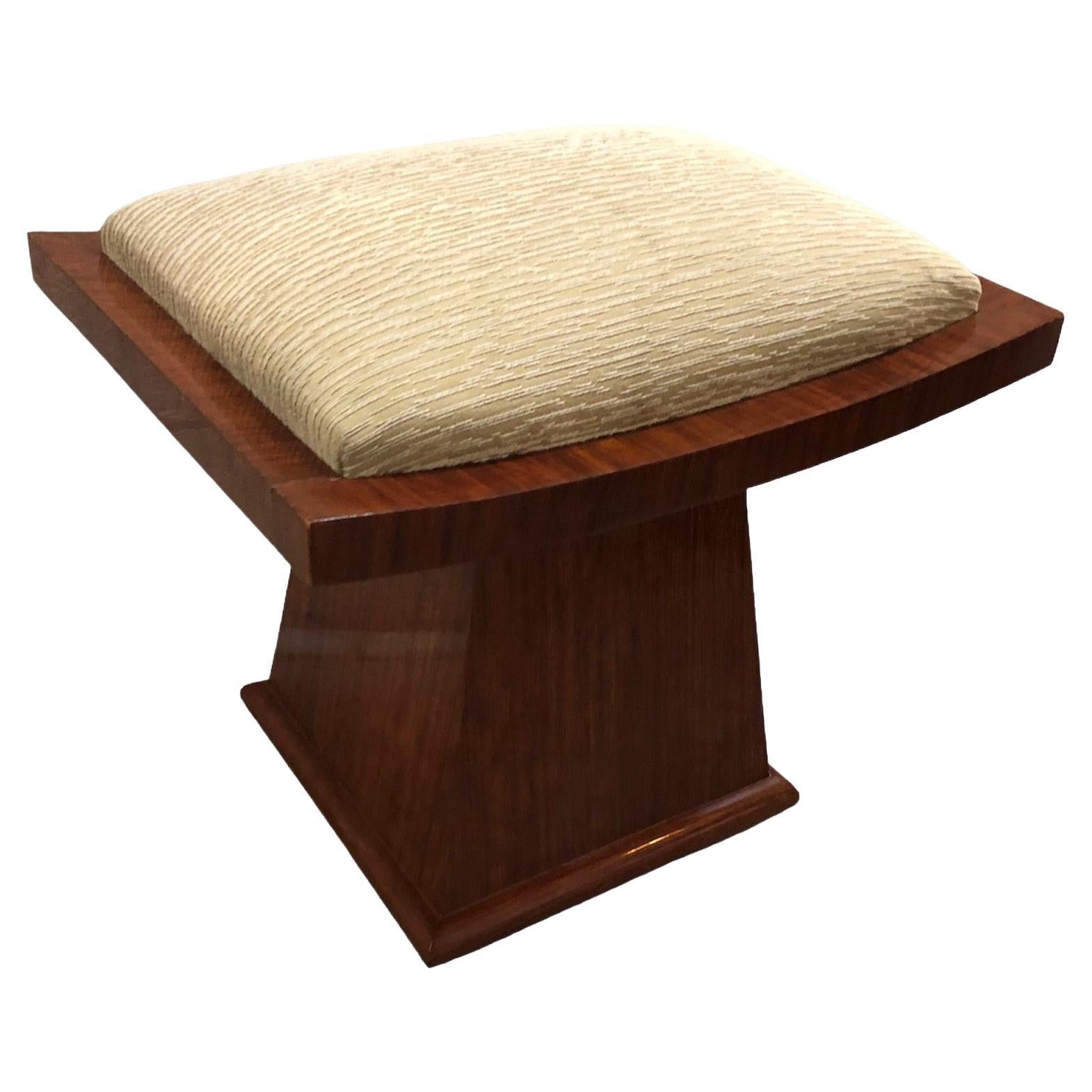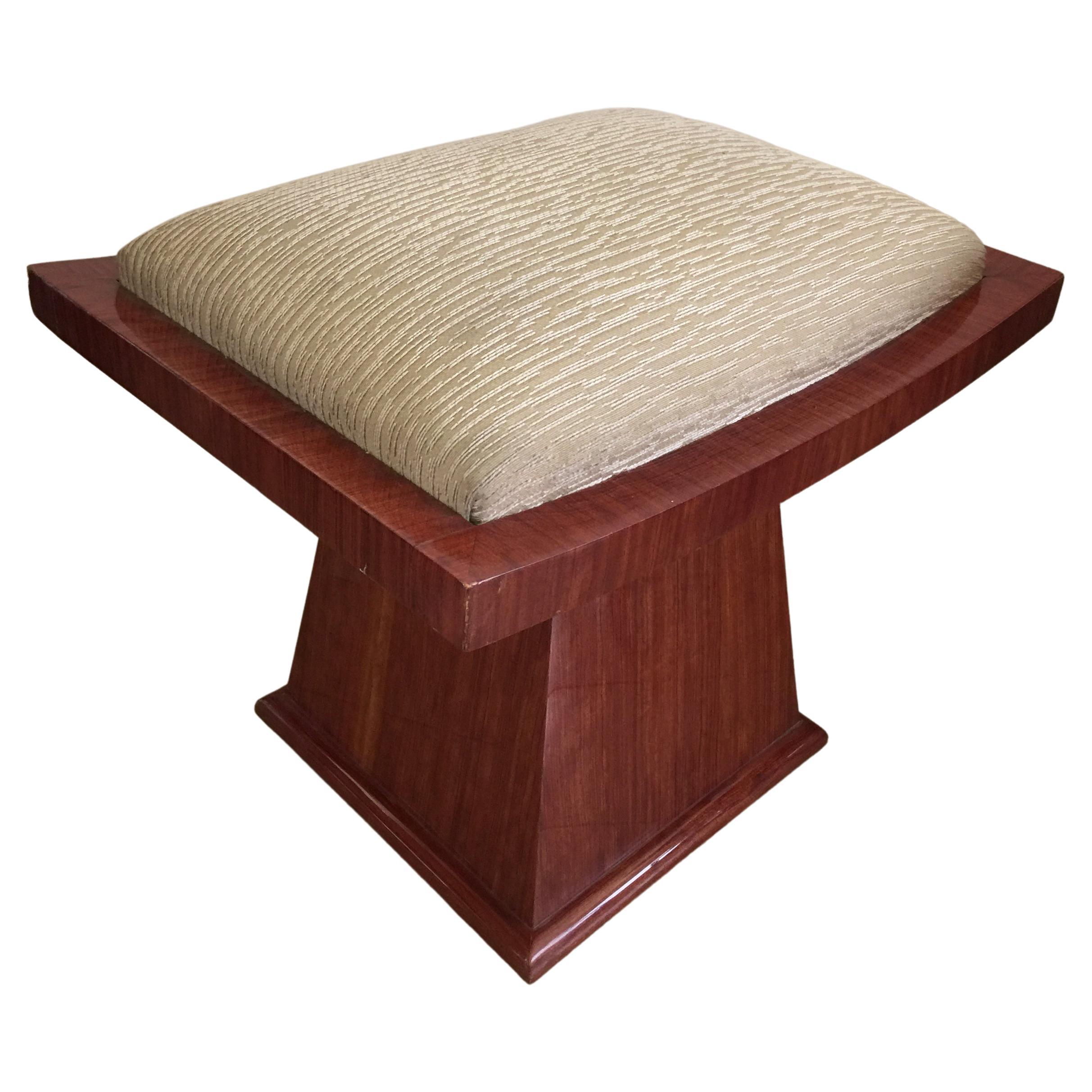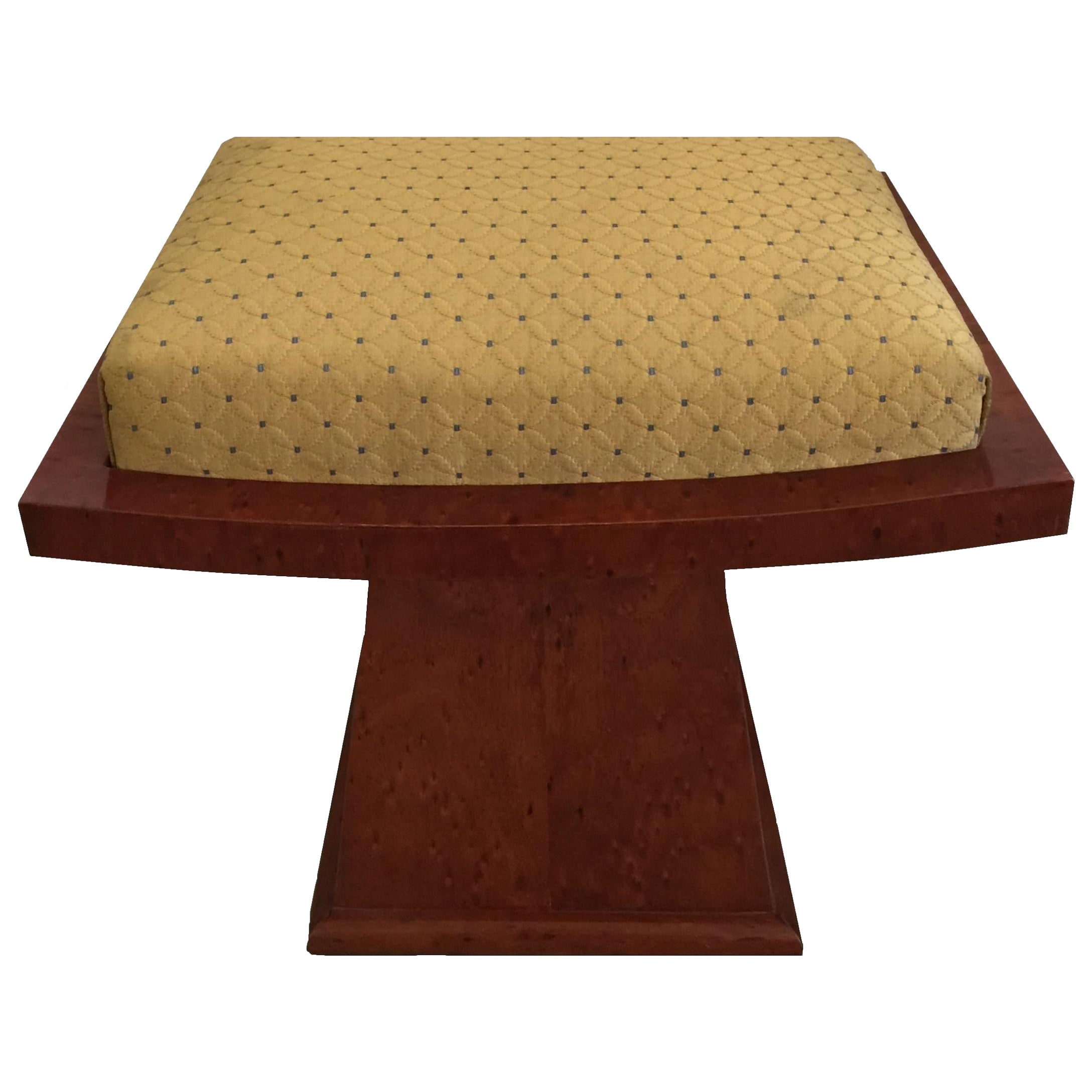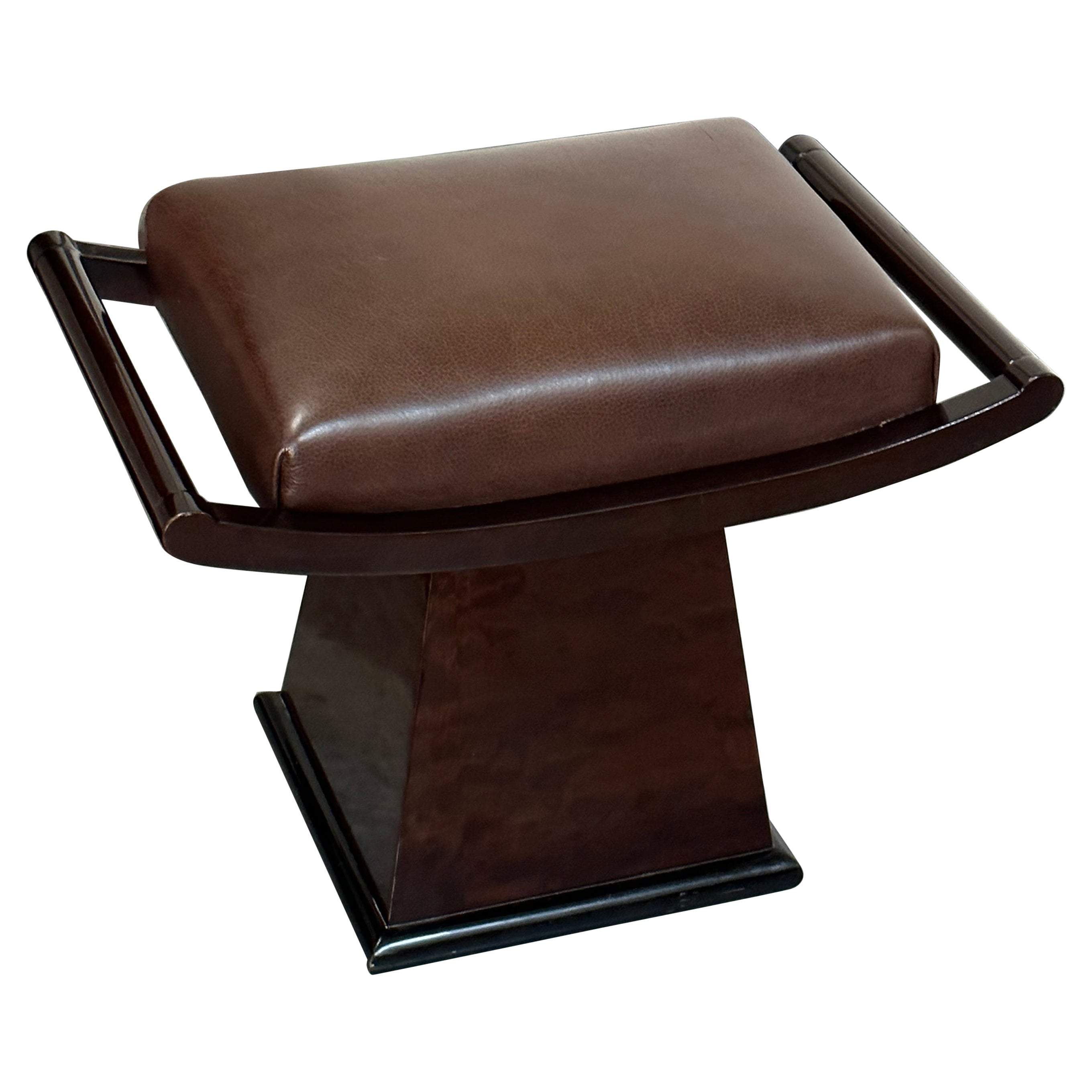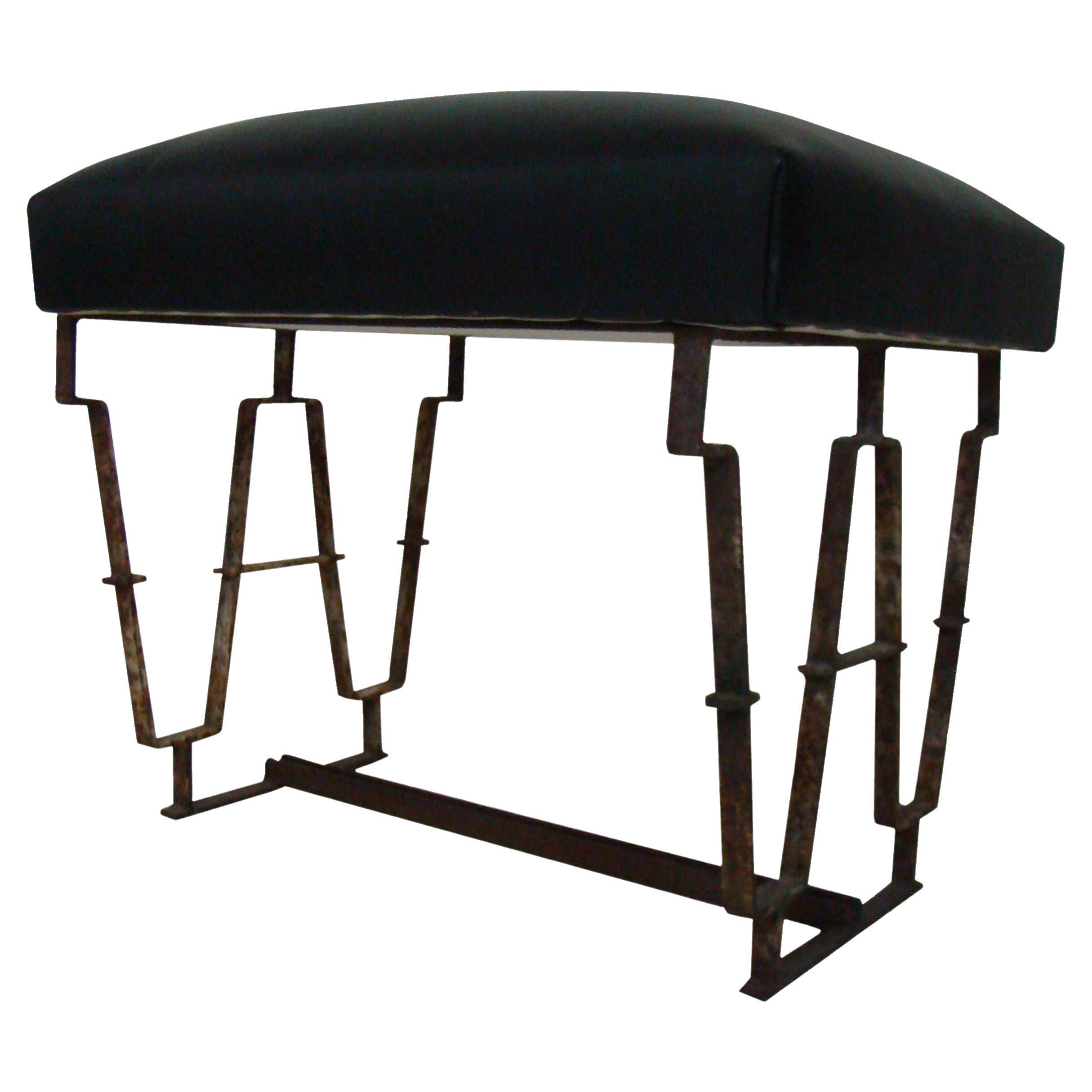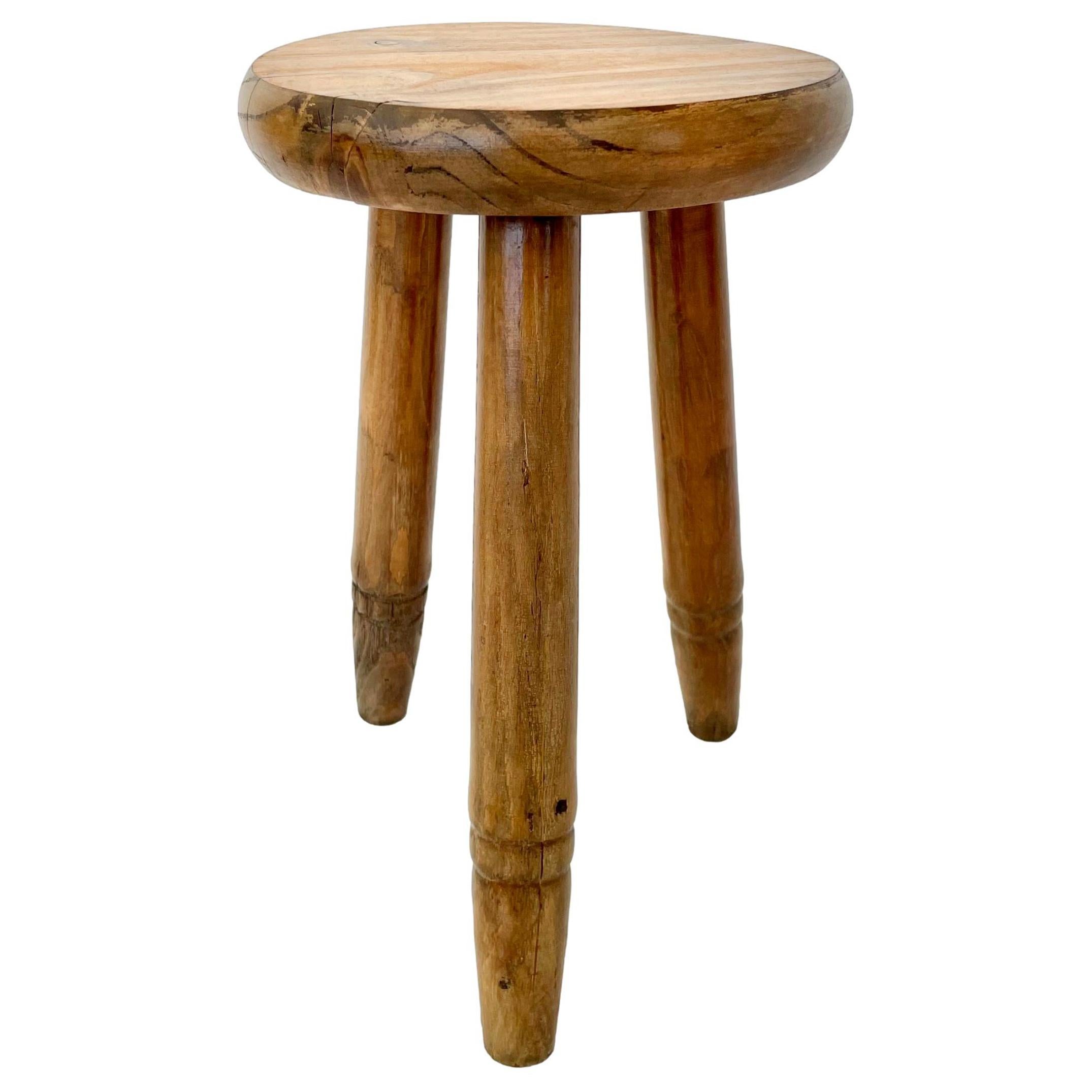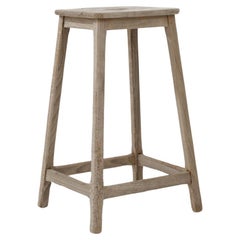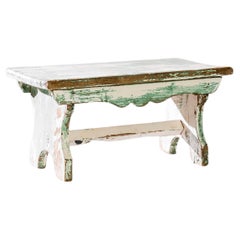
Antique Country French Stool
View Similar Items
Want more images or videos?
Request additional images or videos from the seller
1 of 5
Antique Country French Stool
About the Item
- Dimensions:Height: 7.9 in (20.07 cm)Width: 15.6 in (39.63 cm)Depth: 8.5 in (21.59 cm)
- Style:Country (In the Style Of)
- Materials and Techniques:
- Place of Origin:
- Period:1900-1909
- Date of Manufacture:circa 1900
- Condition:Wear consistent with age and use.
- Seller Location:High Point, NC
- Reference Number:Seller: 234611stDibs: LU5280227511752
About the Seller
4.9
Platinum Seller
These expertly vetted sellers are 1stDibs' most experienced sellers and are rated highest by our customers.
Established in 2015
1stDibs seller since 2020
853 sales on 1stDibs
More From This SellerView All
- Antique Country French Wooden Bar StoolLocated in High Point, NCSimple yet charming, this country bar stool makes a delightful vintage accent. Built in France circa 1900, featuring splayed legs joined by square s...Category
Antique Early 1900s French Country Stools
MaterialsWood
- Country French Brown Oak StoolLocated in High Point, NCMade in Belgium in the mid-20th century, this utilitarian console wears a vintage charm, acquired through its years of service. The prominent framework of this humble wooden stand cr...Category
Antique 19th Century French Country Stools
MaterialsWood
Sold$395 - Vintage French Country Wrought Iron Bar Stools, a PairLocated in High Point, NCThis pair of 20th-century French stools harmoniously blends robust iron with the inviting warmth of wood. Square wooden seats are elevated on a tall iron base that flaunt wrought twists and rosettes, terminating in coquettishly curved feet. The contrast between the industrial iron legs...Category
20th Century French Country Stools
MaterialsWrought Iron
- 1900s French Wooden Step StoolLocated in High Point, NCThis handy wooden step stool was made in France circa 1900. Three short steps, reinforced with tastefully shaped brackets and a cut out hand hold, im...Category
Antique Early 1900s French Country Stools
MaterialsWood
- Antique Belgian Wooden StoolLocated in High Point, NCThis wooden stool was made in Belgium and features a slightly tilted square seat with a cane center. It is supported on four turned legs with scalloped stretchers. With its warm tone...Category
Antique Early 1900s Belgian French Provincial Stools
MaterialsStraw, Hardwood
- Rustic French Wooden StoolLocated in High Point, NCA wooden stool created in 1900s France. Simple, rustic, and yet surprisingly elegant, this curious stool radiates with one of a kind charm. A tripod of gently carved legs offsets the...Category
20th Century French Rustic Stools
MaterialsOak
On Hold$795
You May Also Like
- Stool in Wood, Country France, 1950Located in Ciudad Autónoma Buenos Aires, CStools. Material: iron and wood You want to live in the golden years, this is the stool that your project needs. We have specialized in the sale of Art Deco and Art Nouveau and Vin...Category
Vintage 1950s French Space Age Stools
MaterialsIron
- Art Deco Stool, Material Iron, Country France, 1930Located in Ciudad Autónoma Buenos Aires, CStools Art Deco. Material: iron You want to live in the golden years, this is the stool that your project needs. We have specialized in the sale of Art Deco and Art Nouveau styles since 1982.If you have any questions we are at your disposal. Pushing the button that reads 'View All From Seller'. And you can see more objects to the style for sale. Why are there so many antiques in Argentina? In the 1880 – 1940 there was a grate wave of immigration encouraged by the periods of war that were taking place. 1st World War took place between 1914 and 1918 2nd World War took place between 1939 and 1945 The immigrants options were New York or Buenos Aires. Tickets were cheap and in Buenos Aires they were welcomed with open arms, as it was a country where everything was still to be done. Argentina was the country of new opportunities, labour was needed and religious freedom was assured, in many cases the of the family travel first until they were settled and then the rest of the family members join them. In the immigrant museum “Ellis Island Immigrant Building” in New York you can se the promotional posters of the boats that would take them to a new life. Between the years 1895 and 1896, Argentina had the highest DGP (gross domestic product) per capita in the world according to the Maddison Historical Statistics index, this situation arose due to the large amount of food being exported to European countries, which were at war. The Argentinean ships left the port of Buenos Aires with food, but they returned with furniture, clothes and construction elements, (it´s common to see this the old buildings of the historic neighbourhood of San Telmo, the beams with the inscription “Made in England)”, as well as many markets that were built in Buenos Aires, such us the San Telmo Market, whose structure was brought by ship and afterwards assembled in 900 Defensa Street. With the great influence of European immigrants living in the country, the children of the upper classes travelled to study in France, resulting in the inauguration of “La Maison Argentinienne”, on 27th of June 1928, in the international city of Paris, which hosted many Argentinians that were studying in Frace. It´s the fourth house to be built after France, Canada and Belgium, being the first Spanish-speaking one. Still in place today (17 Bd Jourdan, 75014, Paris, France). Many of the children of these wealthy families who attended international art exhibitions, museums and art courses abroad, took a keen interest in the European style. This is why Buenos Aires was at the time referred as “The Paris of South America”. Between the years 1890 and 1920 more than a hundred Palaces were built on Alvear Avenue the most exclusive avenue in Buenos Aires. Today some of these palaces have been transformed into museums, hotels and embassies. In the year 1936, the Kavanagh building was inaugurated, it was the tallest reinforced concrete building in South America. During 1994 the American Society of Civil Engineers distinguished it as an “international engineering milestone”, and it´s now considered a World Heritage of Modern Architecture. At the time was common to hire foreign architects such as Le Corbusier, who visited Buenos Aires/Argentina in 1929 and in 1948 he drew up the blueprints for a house built in La Plata City (which was declared a World Heritage Site). In 1947, the Hungarian architect Marcelo Breuer designed “Parador Ariston” in the seaside city of Mar del Plata. After an Argentinean student at Harvard University convinced him to come to Argentina. He worked on an urban development project in the Casa Amarilla, area of La Boca. The Ukrainian architect, Vladimiro Acosta, arrives in Argentina in 1928 and worked as an architect until que moved to Brazil. Antonio Bonet, a Spanish architect who worked with Le Corbusier in Paris, arrives in Argentina in 1937, where he carried out several architectural works and in 1938 designs the well-known BFK chair. Andres Kálnay, of Hungarian origin, made around 120 architectural masterpieces, among which the former Munich brewery stands out, he even made the furniture’s design. The German architect, Walter Gropius, director of the Bauhaus, lived in Argentina, where he wrote articles for “Sur” magazine and founded in Buenos Aires, an architectural firm with Franz Möller, who was also an architect, where he built two houses. At the same time several famous designers decided to immigrate to Argentina, among them we can find the well-known French designer, Jean-Michel Frank, who arrived in the country in 1940 and also worked for the Rockefeller family. Special pieces were made, which were sold exclusively in the country, such as the well-known German company “WMF”, who sold their products by catalogue, which were chosen by the ladies of high society in the list of wedding gifts, as well as the pieces designed by Christofle. The Swiss sculptor Alberto Giacometti, made special pieces for Argentinean mansions. In 1904 the first Jansen branch outside Paris was established in Buenos Aires, as the Argentinean clientele demanded a large amount of furniture, from the end of the 19th century to the mid-20th century. In 1970, the brand Rigolleau Argentina made pieces authorised by Lalique. The brands Maple and Thompson also set up shop in the country. The French plastic artist, Marcel Duchamp moved to Argentina in 1918-1919. Glass signed Gallé, Charder, Leverre, Schneider, Muller and other French firms. They were bought in flower shops and were given to ladies with beautiful floral arrangements. Some furniture manufacturers travelled to international fairs and bough the patterns to produce the furniture in Argentina, such as the furniture firm Englander and Bonta, who bought the patterns ins Italy. It is worth mentioning that in Argentina we have the largest community of Italians outside...Category
Vintage 1930s French Art Deco Stools
MaterialsIron
- Art Deco Stool in Wood, Country France, 1930Located in Ciudad Autónoma Buenos Aires, CStools Art Deco. Material: wood You want to live in the golden years, this is the stool that your project needs. We have specialized in the sale of Art Deco and Art Nouveau styles s...Category
Vintage 1930s French Art Deco Stools
MaterialsWood
- Art Deco Stool, Material Wood, Country France, 1930Located in Ciudad Autónoma Buenos Aires, CStools Art Deco. Material: wood You want to live in the golden years, this is the stool that your project needs. We have specialized in the sale of Art Deco and Art Nouveau style...Category
Vintage 1930s French Art Deco Stools
MaterialsWood
- Art Deco Stool, Year 1930, Material Wood, Country FranceLocated in Ciudad Autónoma Buenos Aires, CStools Art Deco. Material: wood You want to live in the golden years, this is the stool that your project needs. We have specialized in the sale of Art Deco and Art Nouveau style...Category
Vintage 1930s French Art Deco Stools
MaterialsWood
- Art Deco Stool, Material Wood and leather, Country France, 1930Located in Ciudad Autónoma Buenos Aires, CStools Art Deco. Material: wood and leather You want to live in the golden years, this is the stool that your project needs. We have specialized in the sale of Art Deco and Art Nouve...Category
Vintage 1930s French Art Deco Stools
MaterialsWood, Leather
Recently Viewed
View AllMore Ways To Browse
Paulin Barstool
Pierre Paulin Barstools
Pink Ombre Gradient Stool
Roly Poly Stool
Storia Stool
Taburete Vintage
Tractor Parts Retro
Valet Stool
Verner Panton Barstool
Vintage Diner Stool
Vintage Diner Stools
Vintage Industrial Lab Stools
Wabi Sabi Barstools
Ward Bennett Stool
Yarrow 3 Legged Stool
Zebra Bar Stools
19 Century Ebonized Stool
3 Legged Antique Milking Stool
